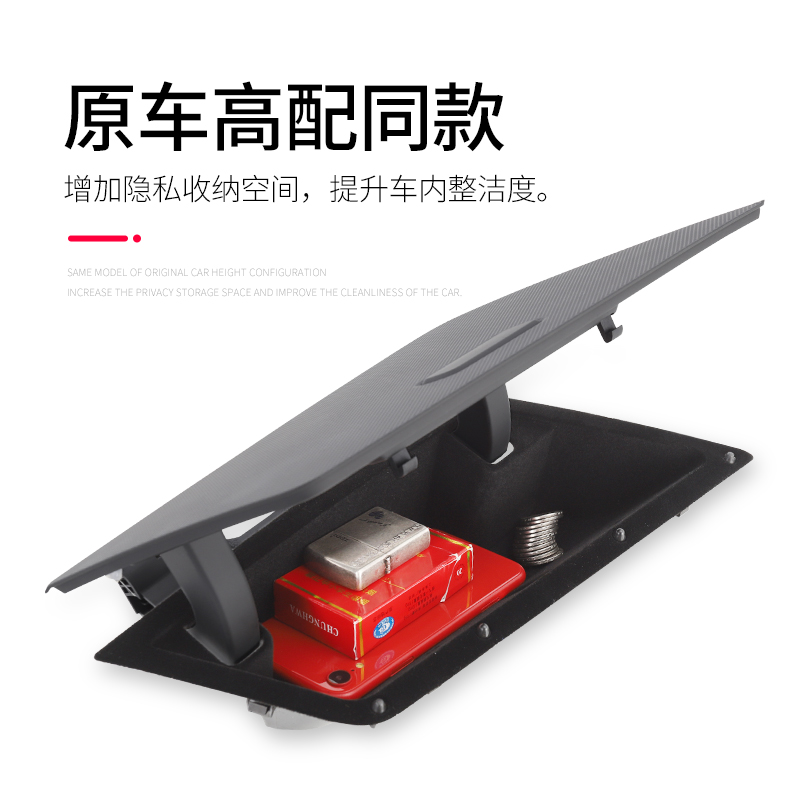Yes, this detailed 3D
Getting people to believe that high-end virtual reality is truly immersive can be difficult if they haven't tried devices like the Oculus Rift or HTC Vive first-hand.
That gap of disbelief gets even wider when you try to convince the uninitiated that incredibly detailed, near retail-ready 3D-printed models are being born in VR, but this week we got our best example of exactly what's possible.
SEE ALSO:Oculus Medium hands-on: Now everyone gets to be a 3D artistOn Tuesday, Oculus character artist Giovanni Nakpil posted an amazingly detailed, 3D-printed model of an ogre modeled in Oculus Medium, the VR sculpting app, and then output via 3D printer.
The model's exquisite detail and subtle color gradations are so well rendered that some onlookers had trouble believing that it was all done in Oculus Medium, so I decided to go direct to the source and find out.
Short answer: Yes, it was all modeled and colored in Oculus Medium, according to Nakpil.
View this post on Instagram
"For the color, I started by layering in a light wash of warm tones on the ogre's face," Nakpil told Mashable. "My aim was to go with subtle color shifts to add some variation. I then went in and painted the crevices and recessed areas a darker tone of brownish red and varied the broader surfaces by adding some thin spindly patterns that read as sub surface veins."
Nakpil, who has previously worked as a character artist at Valve and Industrial Light & Magic (ILM), is far more experienced in producing hyper-realistic models than the vast majority of Oculus Medium users, but the result is nevertheless impressive. Aside from the model's detail, it's the final color result that drew the most questions from observers wondering how it could have been produced natively in VR.
"What you see in the video is 100 percent from the [3D] print though. I did not do any touch-up paint at all."
"The [3D printing] output retained my [Oculus Medium] paint almost exactly," says Nakpil. "Since the print did not inherit the specularity settings of the material in Medium, it ended up looking a little less wet or shiny. What you see in the video is 100 percent from the [3D] print though. I did not do any touch-up paint at all."
After the incredibly true-to-VR-created color effects, the other aspect of the final model that most impresses is the detail present in the final 3D print output – it looks just about ready for presentation at any store or art gallery.
"I did not do any sanding or any post-print work whatsoever," says Nakpil, when asked if there were any post-3D printing touch-ups or sanding. "The smooth nature of the print comes from the resolution of the Medium model as well as the high-resolution settings from the 3D printer."
View this post on Instagram
However, in order to get this result, he used one of the best 3D printers on the planet, the Stratasys J750, a device that produces up to 350,000 colors and is referred to by the company as "the world's first full-color, multi-material 3D printer."
We were unable to get a price quote on the 3D printer, but InvestorPlaceestimates that it may be in the "hundreds of thousands of dollars" range. At that price level, such sophisticated prints will be out of range for most artists, but the point is that it's possible.
Also, as someone who has worked on creature design for films including The Avengersand the Star Trekfranchise, Nakpil's skill with Oculus Medium will be difficult for most to duplicate. But emulating the best in any medium is always the challenge for aspiring artists.
The major discovery here is that, beyond simplistic demonstrations we've seen in previous weeks, we now know that if you dohave such skill (and the cash for a high-end 3D printer) this is the high-level artistry you can now achieve in VR. Virtual reality is no longer just about gaming, or even social networking, VR is the artists' tool of the future -- no programming skills needed.
Featured Video For You
Who will win the VR console war?
Topics3D PrintingOculusVirtual Reality





